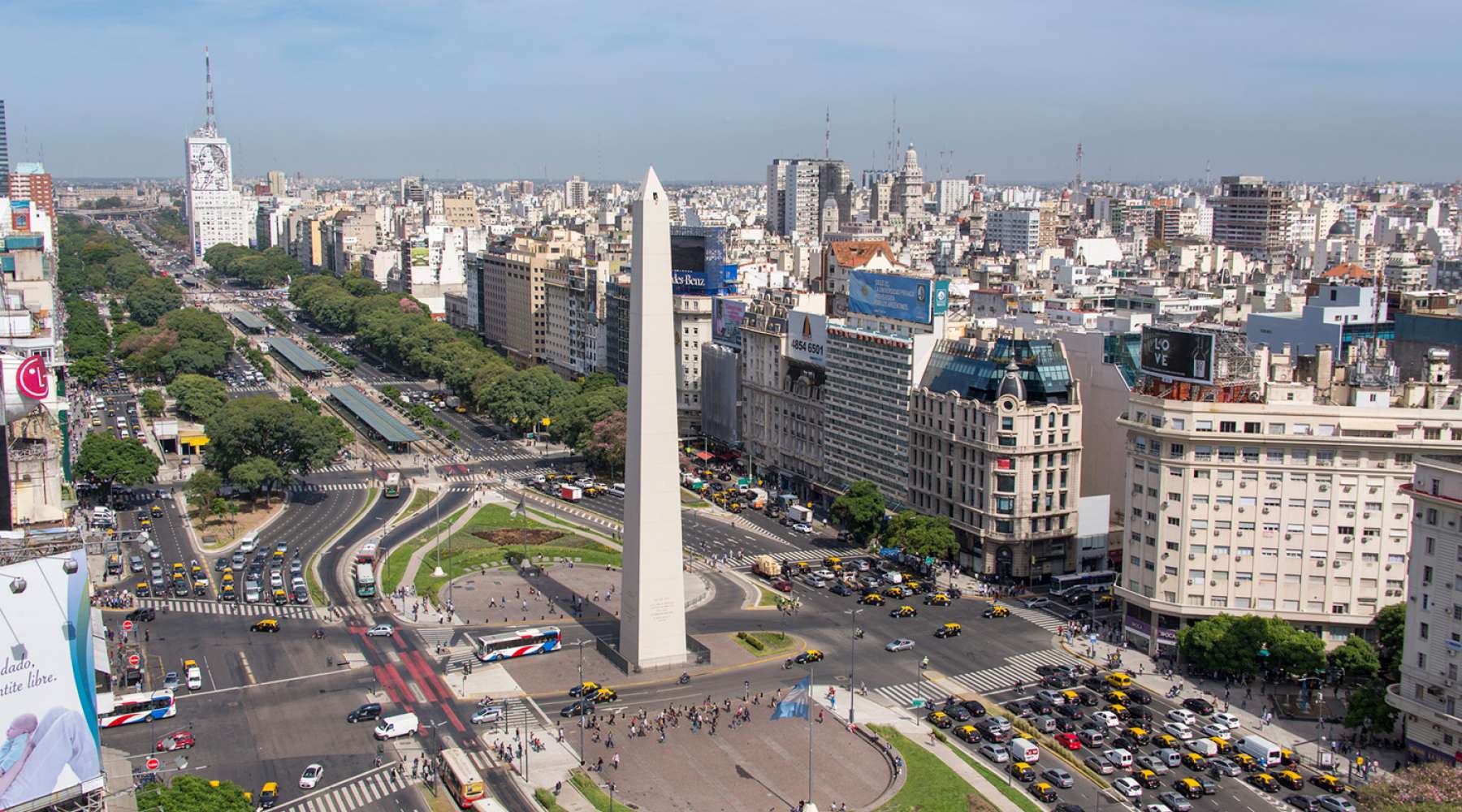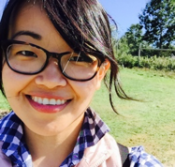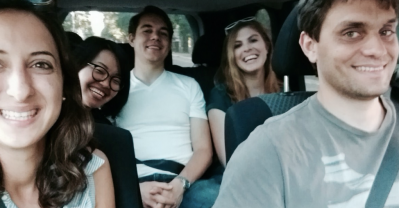
By Nancy Yang T’17
 Nancy Yang T’17 is wrapping up her second year at Tuck. She grew up in Dallas, worked for Teach For America before business school, and will be going to McKinsey in Seattle post-Tuck. Nancy enjoys learning, exploring, and traveling. During her time at Tuck, she has had the privilege of traveling to Cote d’Ivoire for her First-Year Project (FYP) and Buenos Aires for her OnSite Global Consulting project.
Nancy Yang T’17 is wrapping up her second year at Tuck. She grew up in Dallas, worked for Teach For America before business school, and will be going to McKinsey in Seattle post-Tuck. Nancy enjoys learning, exploring, and traveling. During her time at Tuck, she has had the privilege of traveling to Cote d’Ivoire for her First-Year Project (FYP) and Buenos Aires for her OnSite Global Consulting project.
Teaming is more than just uncomfortable icebreakers or trust-building exercises. It’s a skill, and I was thrilled by the opportunity to further develop my teaming skills through my OnSite Global Consulting project. Plus, I got to travel to Argentina—the definition of win-win.
My OnSite team was a blend of three Tuck students and three students from the IAE Business School in Buenos Aires. Our challenge? Help a citrus grower in Argentina figure out whether it should enter the U.S. market with one of its products. Our client was one of the ten organizations around the world that hired teams of Tuck consultants to conduct strategy and analysis projects as part of Tuck’s OnSite Global Consulting course.
My partner on the IAE side was Flor. She has a beautiful laugh and an inquisitive mind, and I was thrilled to work with her. But I had underestimated the challenge of doing work when all we had to bridge the thousands of miles separating us was a tenuous connection on Skype. And it was compounded by the differences that existed between us even though almost everyone on the team had previous cross-culture work experience.
My Tuck classmates and I prepared agendas and work plans with timelines for each meeting. To our IAE teammates, however, our “plan-ification” tendencies seemed stifling—they left no room for creativity—and even felt a bit dictatorial. In turn, we wondered, “How does work ever get done in the absence of structure?”
Thankfully, the second phase of our project put our full team together in Argentina to work through our different approaches and learn how to “team well” while also delivering a top-quality market analysis for our client. When we began, there was little organized data available to help us size the market for the product our client asked us to evaluate. In response, we became entrepreneurial. Emily and I cold-called research and development scientists and brand managers at consumer processed goods firms to ask for interviews. Flor and Tony scored an interview with a supplier who spoke at a blistering clip, and Gus built a model with such clever assumptions that the lack of data almost ceased being a problem. As the work progressed, it became clear that without structure, we would lack direction. At the same time, if we didn’t adapt and flex, no amount of organization and forethought could have carried us through the project.
 When we delivered the presentation, I was immensely proud. Our product wasn’t perfect but we communicated something new and meaningful to the client. In addition, I was astounded by how we—a ragtag collection of six people who had so little in common in the beginning—came together to became a unit defined by trust, respect, and empathy.
When we delivered the presentation, I was immensely proud. Our product wasn’t perfect but we communicated something new and meaningful to the client. In addition, I was astounded by how we—a ragtag collection of six people who had so little in common in the beginning—came together to became a unit defined by trust, respect, and empathy.
For me, two lessons coalesced from this project. First, our understanding of others—especially across cultural barriers—tend to be flat at first but, hopefully, become rich and complex with time. Second, teaming is an on-going process: each moment in which someone takes the time to give feedback, to notice that the team is flagging, or to commend a teammate on a job well done is a real contribution to the team.
I traveled to the other side of the world and found exuberantly open people who gave me the chance to learn, explore, and grow. What an immense privilege.